Maronite Pioneers of the Arabic Press: A Legacy Across Lebanon, the Levant, and Europe
Placing Mount Lebanon, particularly its capital, Beirut, in a geopolitical context is essential for understanding how the cultural interaction between East and West during the 16th and 17th centuries, along with the international dynamics of the 19th century, contributed to the emergence of the Arab Renaissance, or al-Nahda. Harris (2012) posits that, following the tragic events of 1860 and the establishment of the Mutessarifat system in 1861, Beirut transformed into a fertile ground for intellectual and cultural creativity. It became home to a unique amalgamation of Ottoman, French, Anglo-Protestant, and locally developed educational institutions. Together with various Christian schools in the mountains, these institutions produced a commercial, professional, and intellectual class that asserted a distinct local identity. The indigenous bourgeoisie of Beirut absorbed European ideas while skillfully avoiding being overwhelmed by them (Harris, 2012). This interplay of influences underscores the complexities of identity formation in the Levant, highlighting how the bourgeoisie navigated the concepts of "Westernization" and progress while crafting what Abou-Hodeib (2017) refers to as "localized modernity." This process involved blending European influences with local traditions, enabling the bourgeoisie to cultivate a unique identity that integrated these diverse elements while preserving their cultural heritage.
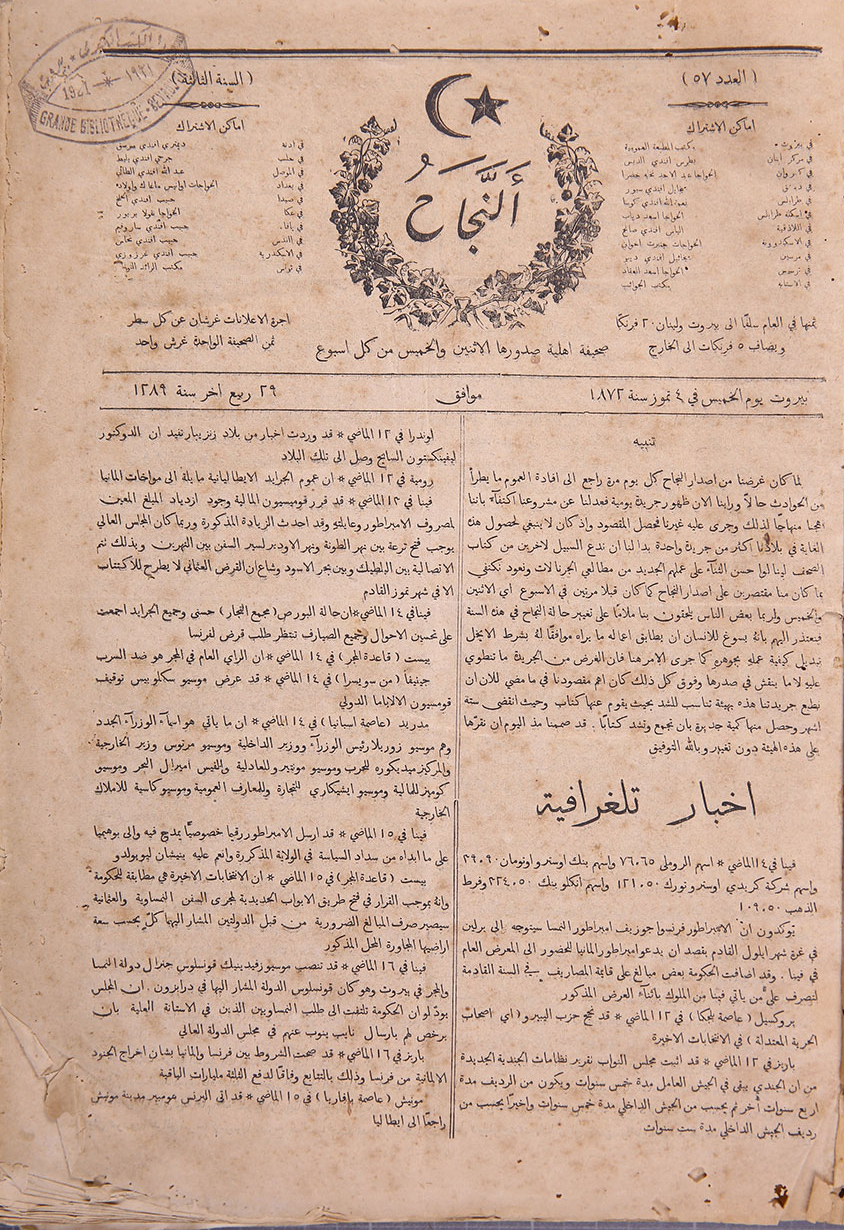
Fig. 16.1: Chalfoun, Y. (1871). An-Najah (The Success). Beirut
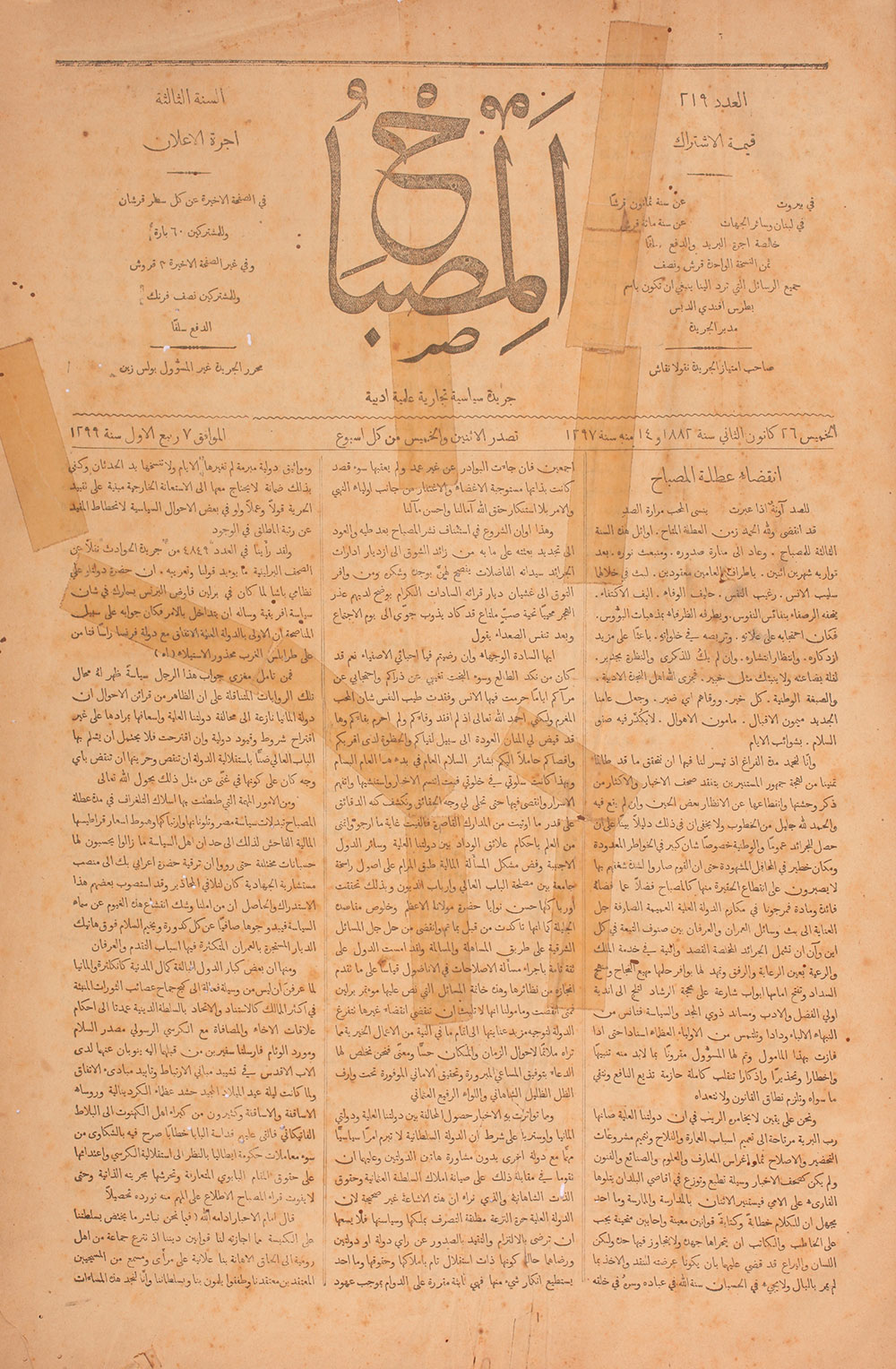
Fig. 16.2: al-Naqqash, N. (1880). Al-Misbah (The Lamp). Beirut
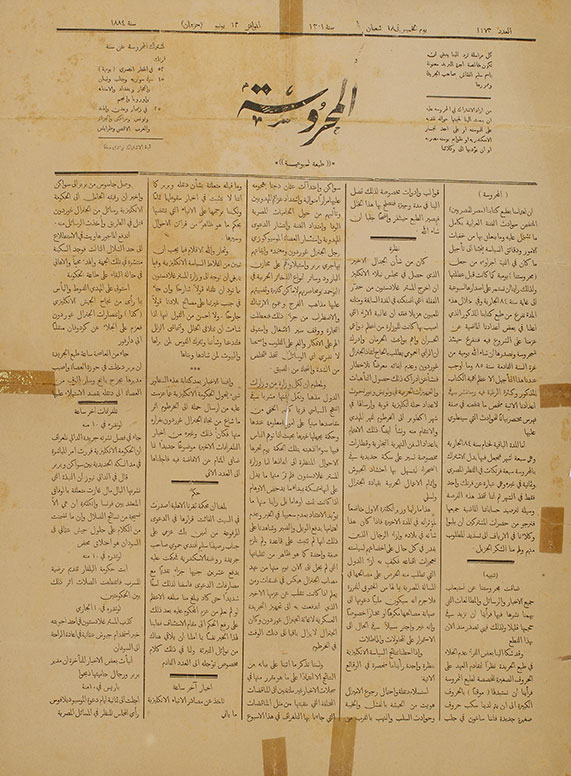
Fig. 16.3: al-Naqqash, S. (1880). Al-Mahrusah (The Guarded). Alexandria
The Mutessarifat System of Mount Lebanon granted the region local autonomy under the Règlement Organique. During this period, "Little Lebanon" maintained intimate interactions with the other regions that collectively formed natural Lebanon. Although Beirut became the capital of the new Ottoman province, it remained administratively independent from "Little Lebanon" while still serving as its economic, social, and cultural hub (Harris, 2012). From the mid-1860s onward, the prominent multi-religious elites and notables of Beirut, both lay and religious, collaborated in what Hanssen terms "capitalization" and repeatedly petitioned the Sublime Porte to restore the city as an Ottoman provincial capital, demonstrating "urban patriotism" (Hanssen, 2005). In 1888, a convergence of various factors elevated the city to the status of a
Wilāya, encompassing geographic and administrative boundaries that covered parts of four modern countries in the Levant: Lebanon, Syria, Palestine/Israel, and Jordan (Hindi, 2020).
This elevation not only signified Beirut's growing regional importance but also solidified its status as a major center for diplomacy, education, political influence, intellectual production, and trade, with its port becoming one of the most significant in the Mediterranean (Kihtir Öztürk, 2006). Between 1880 and 1910, substantial expansions occurred in infrastructure, particularly in major projects such as railroads, ports, roads, and electricity, making Beirut a vibrant economic center (Ozturk & Mrad, 2021). The city emerged as one of the most vital port cities in the Ottoman Empire, largely due to its strong economic ties with European nations, the booming silk trade, its diverse diplomatic relationships, urban development, Ottoman modernization efforts, and its rich cultural vibrancy (Hindi, 2020).
This multicultural region of Mount Lebanon and its capital, Beirut, "boasted preeminence in the surrounding Arab regions for the freedom of expression enjoyed by its several newspapers and periodicals. The latter are indeed the oldest and most important in the area" (Trombetta, 2018). The flourishing of cultural production was facilitated by various printing presses established in Mount Lebanon and Beirut by the 18th and early 19th centuries. A critical factor in this cultural boom was the nearly complete freedom of expression in Mount Lebanon, particularly in Beirut, until the imposition of censorship beginning in 1889 (Magout, 2019). This censorship was set against a backdrop of national, liberal, and secular ideas promoted by writers, journalists, and intellectuals across the Levant and the Ottoman Empire, which the Ottoman authorities deemed threatening to their rule (Göçek, 1996). The convergence of multiculturalism, freedom, education, and development "altered the existing relation between knowledge and control" (Göçek, 1996), as the elites eagerly expressed themselves on a range of issues—domestic, regional, imperial, and international—while the public sought to engage with this discourse.
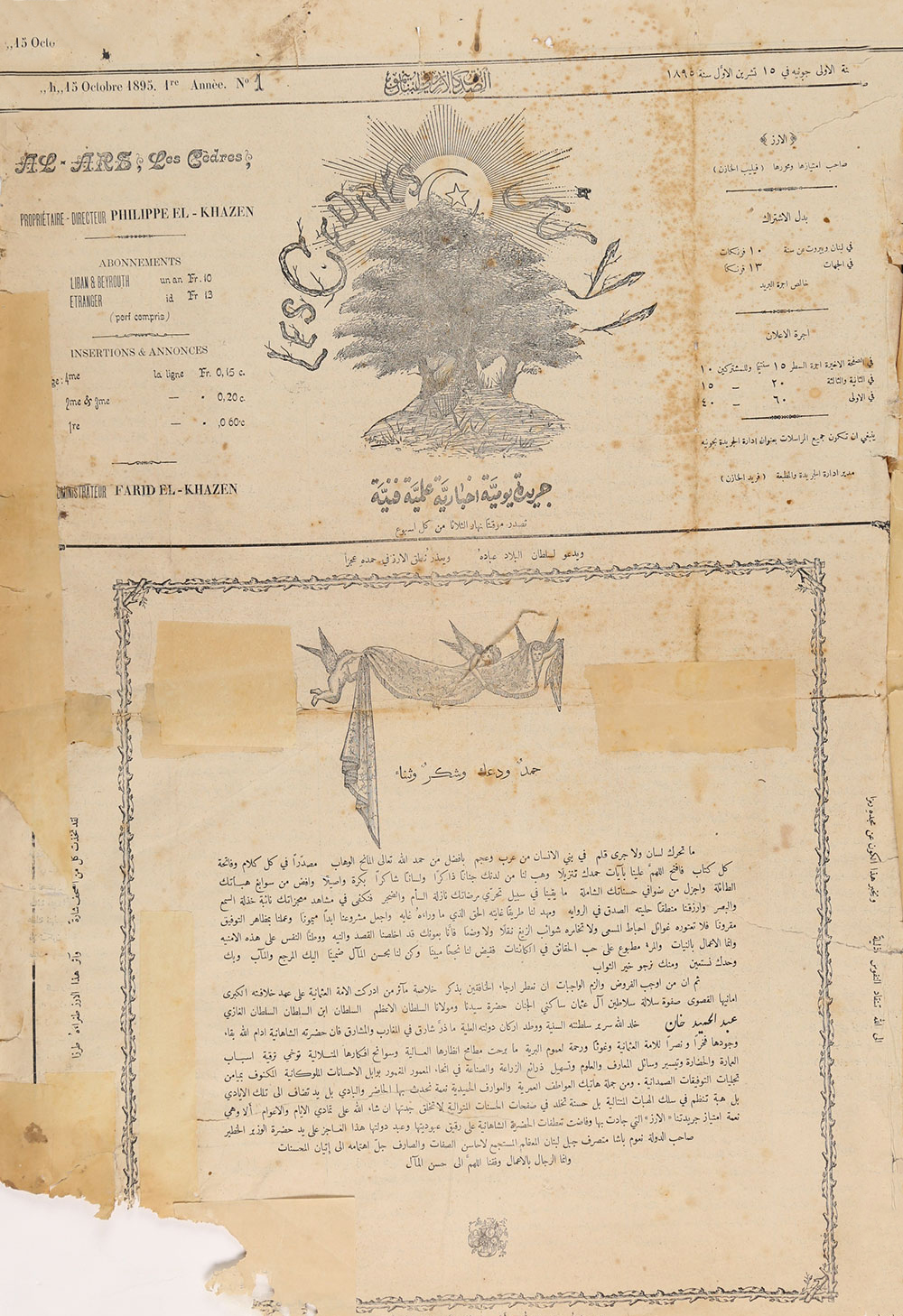
Fig. 16.4: al-Khazen, P. (1895). Al-Arz (The Cedars). Jounieh
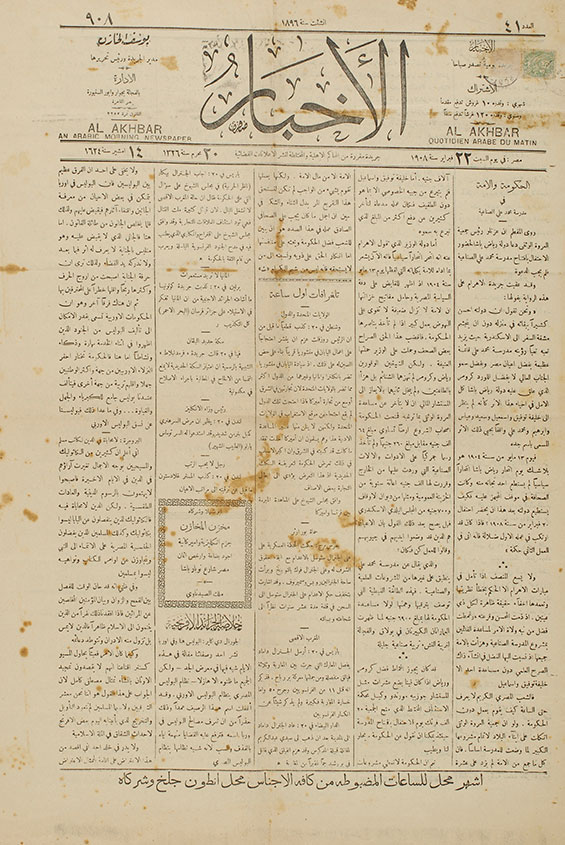
Fig. 16.5: al-Khazen, Y. (1896). Al-Akhbar (The News). Cairo
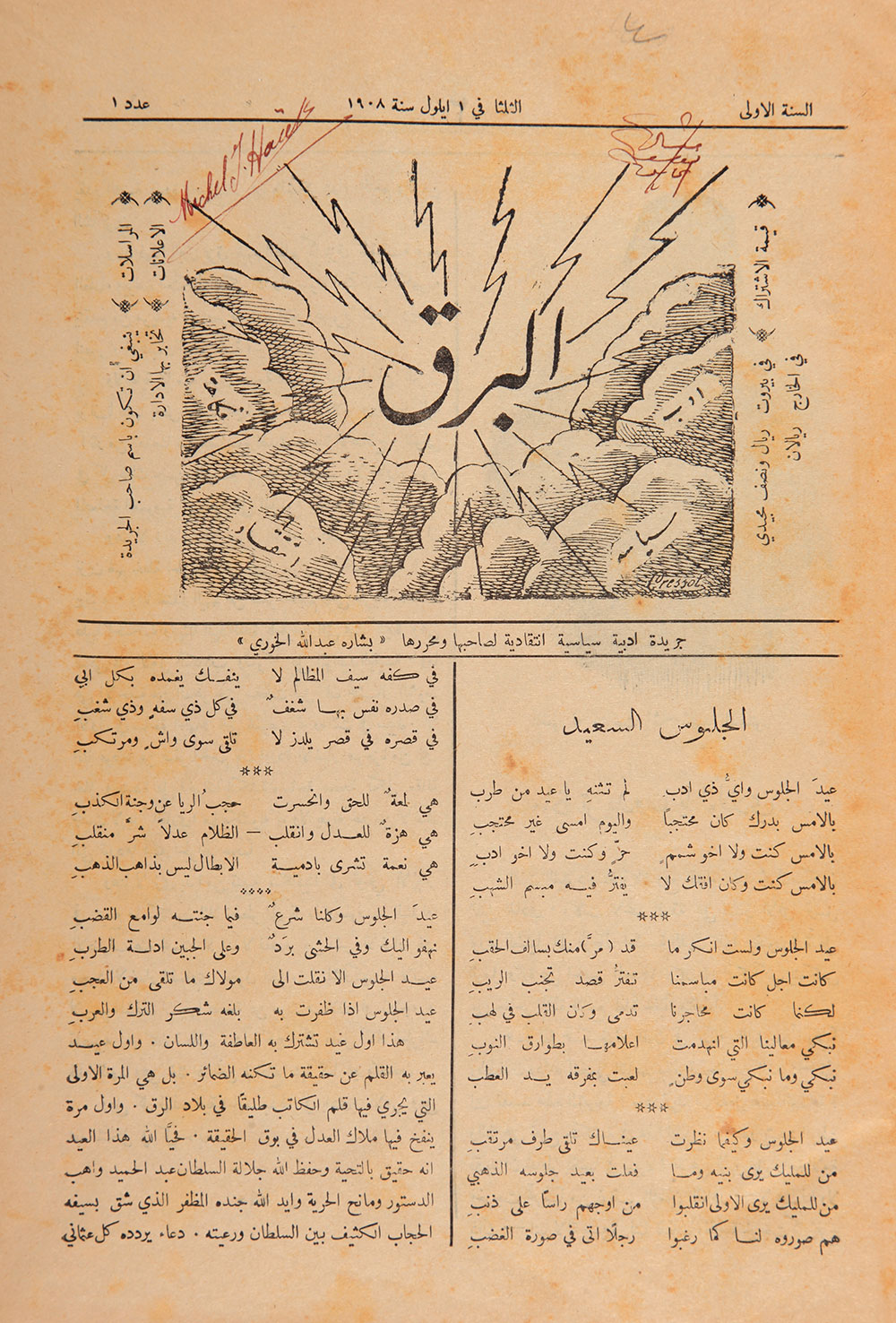
Fig. 16.6: Khoury, B. A. (1908). Al-Barq (The Flash). Beirut
Lebanon’s well-educated and critically engaged population fostered one of the most diverse and sophisticated press and media landscapes in the Levant. With newspapers and media outlets operating in five languages—Arabic, Turkish, French, English, and Armenian—Beirut developed a vibrant media community known for its relatively high professional standards and independence from state control (Antonius, 1938). Between the 1860s and the onset of World War I, Lebanon saw the emergence of over 40 daily, weekly, and monthly publications.
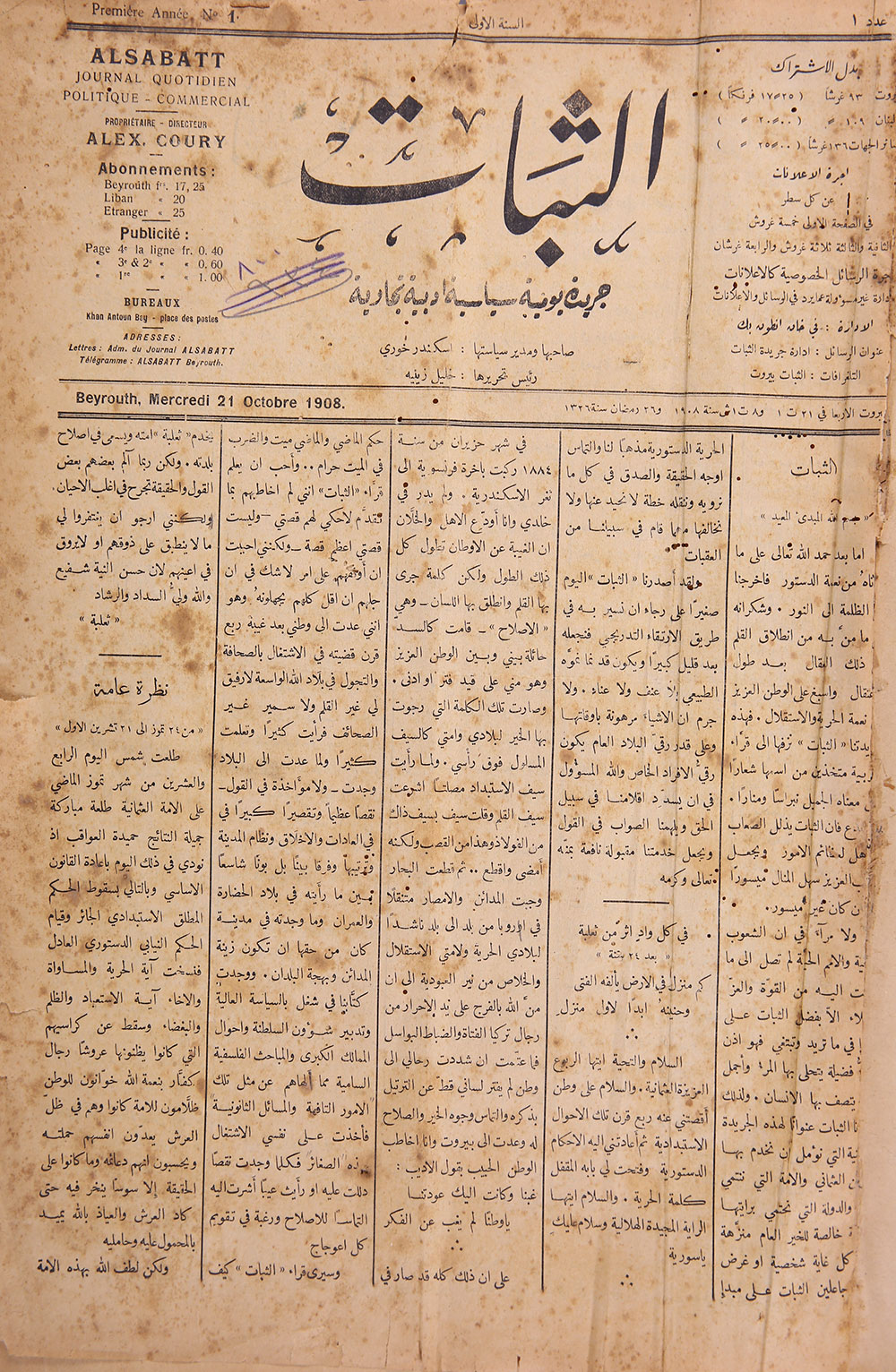
Fig. 16.7: Khoury, I. (1908). Ath-Thabat (The Steadfast). Beirut
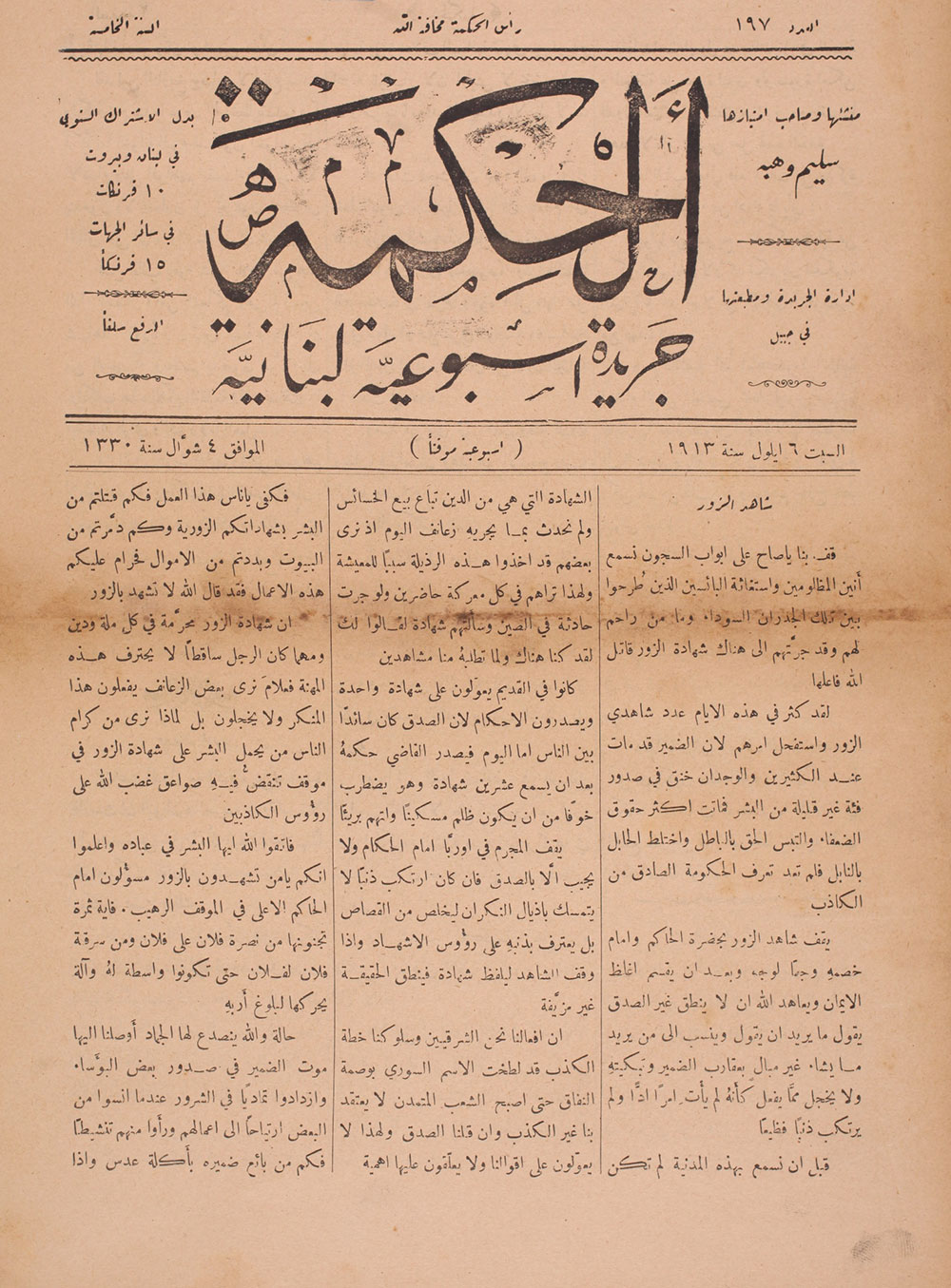
Fig. 16.8: Wehbeh, S. (1910). Al-Hikmah (The Wisdom). Jbeil
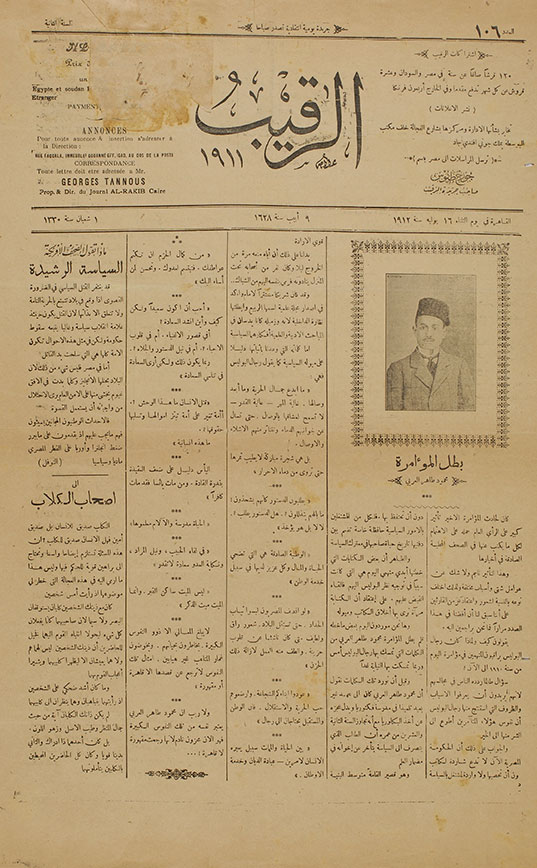
Fig. 16.9: Tannous, G. (1911). Ar-Raqib (The Observer). Cairo
Maronites of that era, well-trained and proficient in Arabic, played a pioneering role in establishing newspapers and magazines in Lebanon. Secular Maronite literati in Beirut founded various publications, including
Yūsuf Shalfūn's
al-Sharīka al-Shahriyya in 1866, al-Zahra in 1870,
al-Najāḥ in 1871, and
al-Taqaddum in 1874.
Niqūlā al-Naqqāsh founded
al-Miṣbāḥ in 1880, while
Yūsuf al-Hwayik launched
al-Manāra in 1899.
Bishāra ʿAbd Allāh al-Khūrī established
al-Barq in 1908, and
Yūsuf Khaṭar Ghanim founded
al-Mārūniyya al-Fatāt in the same year. In Ehden,
Buṭrus Yammīn founded
Iḥdīn in 1913, while Asʿ
ad Dāwūd launched
Mashhad al-Aḥwāl in Batrūn in 1910.
Philippe and Farīd al-Khāzin founded
al-Arz in Jūniyah in 1895,
Ṭūbyā ʿAṭallāh launched
al-Ḥaqq in Bayt Shabāb in 1909,
Yūsuf al-Ḥāj founded
al-Iʿtidāl in 1910, and Dr.
Ilyās ʿĀd founded
al-Shaghūr in Ḥammānā in 1910, among many others. These examples illustrate the breadth of Lebanon’s press landscape during this period, with numerous newspapers founded in towns such as Bābdat, Salīma, al-Ḥadath, Baʿbda, al-Dāmūr, Dayr al-Qamar, Jizzīn, ʿAyn Zhalṭā, Furn al-Shubbāk, and beyond (Di Tarazi, 1913; Daghir, 1975; Mestyan & Grallert, & et al., 2020).
Other Maronites established newspapers across various parts of the Ottoman realm, such as
Al-Maḥrūsah, founded by
Salīm al-Naqqāsh in Alexandria in 1880, and
Al-Akhbār, established by
Yūsuf al-Khāzin in 1896 in Cairo, along with
Al-Qamar by
Jūrj Ṭannūs in Cairo in 1898, among others. Additionally, periodicals were founded in Europe, with Rushayd Ghalib al-Daḥdāḥ establishing the first Arabic newspaper
Birjīs Bārīs wa Anīs al-Jalīs in Paris in 1858, followed by a French version in 1860.
Juhaynat al-Akhbār, an Arabic periodical, was founded by
ʿAbd Allāh al-Bustānī and
Iskandar ʿAmmūn in Nicosia, Cyprus, in 1879, while
Khalīl Ghanīm launched
Al-Baṣīr in Paris in 1881. Other notable publications included
Al-Mirṣād by
Antoun Fāris and
Salīm Naffāḥ in Marseille in 1897, Maṭāmīr Lubnān by
ʿAql al-Bashʿalānī in Marseille in 1905. In Ṭanja, Morocco,
Wadīʿ Karam founded the newspaper
Al-Ṣabāḥ in 1908, with
Al-Shaykh Niʿmat Allāh al-Daḥdāḥ also establishing the publication
Al-Fajr in Tangier earlier that same (Di Tarazi, 1913; Daghir, 1975; Mestyan & Grallert, & et al., 2020).
Key characteristics of newspapers in Lebanon included: a) the majority were private publications; b) they enjoyed a significant margin of freedom; c) they were established not only in cities but also in villages and towns, reflecting the literacy of both the editors and the readers; and d) they featured a diverse range of perspectives and themes. The Maronite-led press of the late 19th and early 20th centuries were a critical force in shaping Lebanon’s intellectual and cultural growth. It emerged from a convergence of factors—freedom of expression, widespread literacy, multilingualism, and a blend of local and European influences—that empowered Maronite journalists to pioneer journalism in the Arab world.
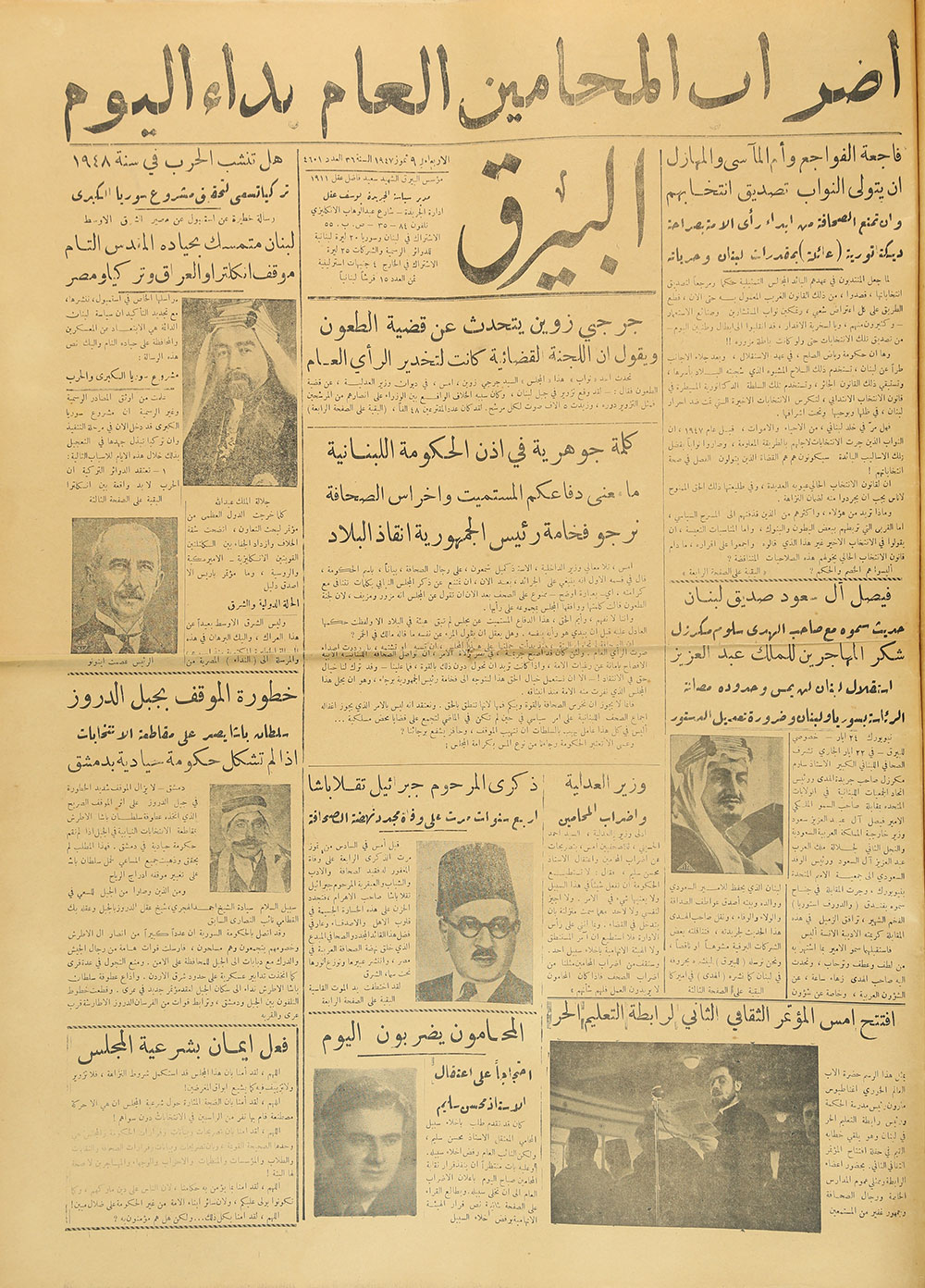
Fig. 16.10: Akl, S. F. (1911). Al-Bayraq (The Banner). Beirut
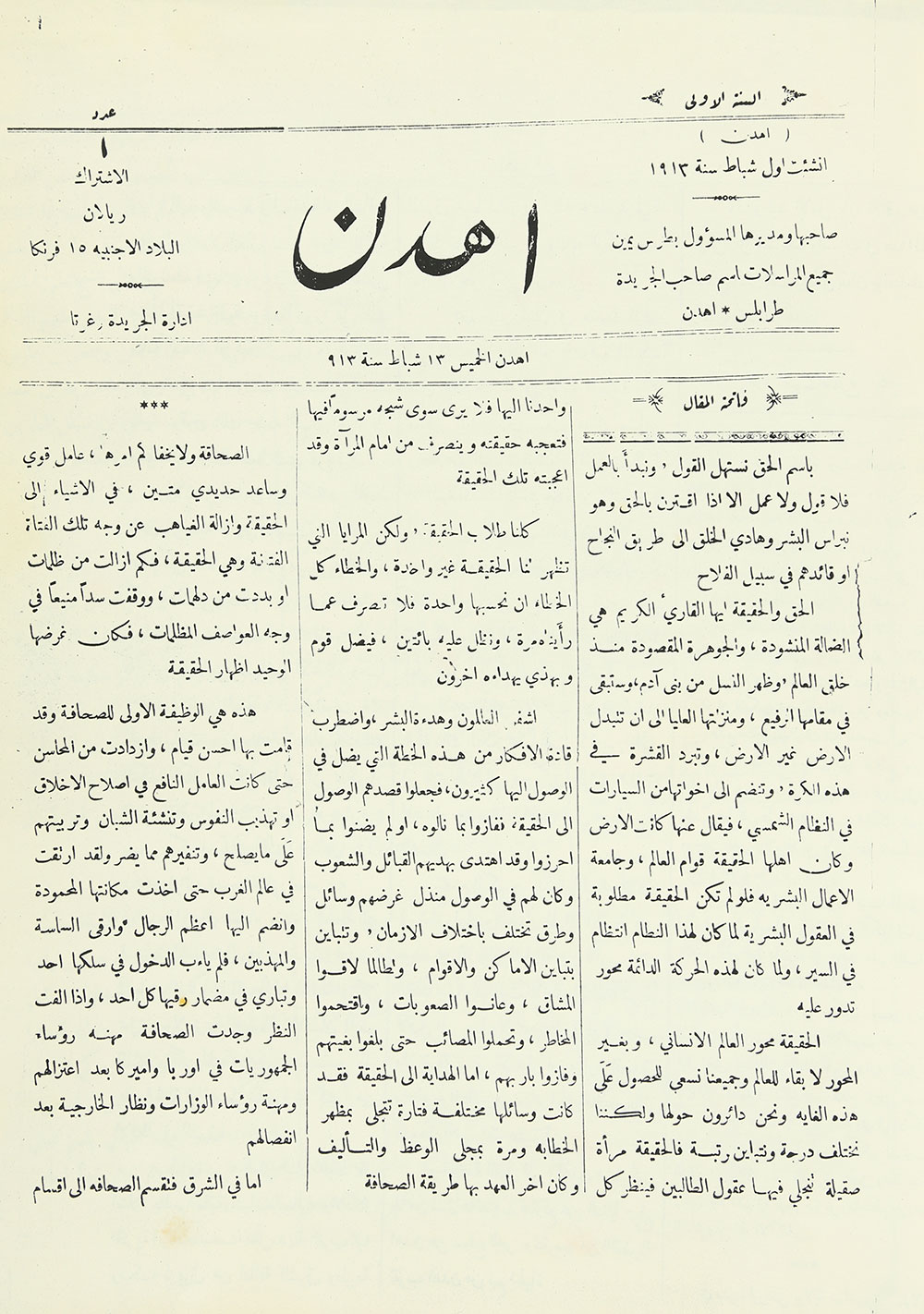
Fig. 16.11: Yammine, B. (1913). Ehden (The Village of Ehden). Ehden
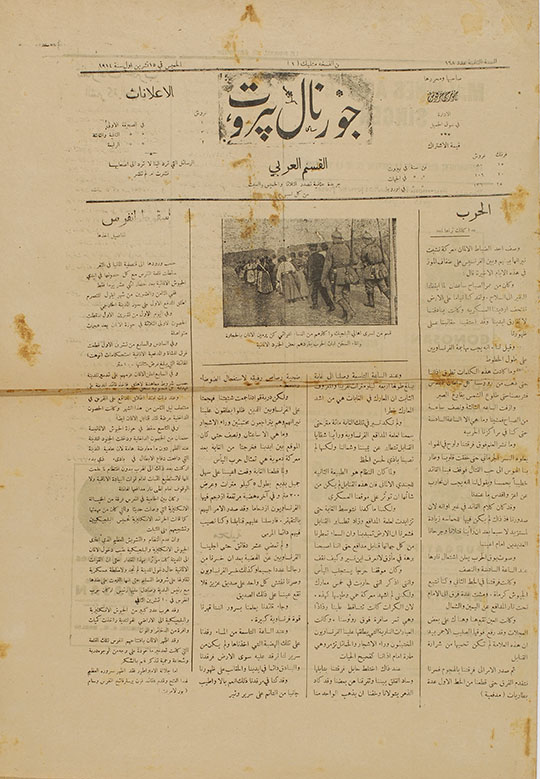
Fig. 16.12: Harfouch, G. (1913). Journal Beirut (The Newspaper of Beirut). Beirut
The Maronites and other Oriental Christians were the primary architects of the Arab Renaissance. Though it fell short of its goals, its intellectuals and cultural agents continue to influence contemporary debates on identity, secularism, freedom, modernity, and humanism. Their contributions spread beyond Lebanon, shaping the Arabic language and intellectual developments across the Ottoman East and Europe. Their role in the press and journalism facilitated the exchange of ideas in Lebanon and connected Arabic-speaking communities in Paris, Marseille, Nicosia, Tangier, and the diaspora. These interactions promoted freedom of thought, advancing modernity and cultural discourse across the region.
References
- Abou-Hodeib, T. (2017). A taste for home: The modern middle class in Ottoman Beirut. Stanford, CA: Stanford University Press.
- Antonius, G. (1938). The Arab awakening. London: H. Hamilton.
- Daghir, Y. S. (1975). Qāmūs al-Ṣaḥāfah al-Lubnānīyah 1858-1974 [Dictionary of Lebanese journalism 1858-1974]. Beirut: Publications de l'Université Libanaise.
- Di Tarazi, P. (1913). Tārīkh al-Ṣaḥāfah al-ʿArabiyyah [History of Arab Journalism]. Muʾassasat Ḥadāwī. (Reissued 2023).
- http://www.arabstudiesjournal.org/uploads/4/4/2/7/44276267/ferguson_asj_spring2018_article.pdf
- Göçek, F. M. (1996). Rise of the bourgeoisie, demise of the empire: Ottoman westernization and social change. New York, NY: Oxford University Press.
- Hanssen, J. (2005). Fin de Siècle Beirut: The Making of an Ottoman Provincial Capital. Oxford: Oxford University Press.
- Hindi, N. (2020). Narrating Beirut public spaces Westernization. Méditerranée, (131). Published online February 15, 2021. Retrieved September 21, 2024, http://journals.openedition.org/mediterranee/11486
- Kihtir Öztürk, P. (2006). Urban transformation of Ottoman port cities in the nineteenth century: Change from Ottoman Beirut to French mandatory Beirut (Master's thesis, Middle East Technical University, Graduate School of Social Sciences).
- Magout, M. (2019). Secularity in the Syro-Lebanese press in the 19th century. In HCAS (Ed.), Companion to the study of secularity (pp. 1-15). Leipzig: Leipzig University. www.multiple-secularities.de/media/css_magout_syrolebanesepress.pdf
- Mestyan, A., Grallert, T., & et al. (2020). Jarāʾid: A chronology of Arabic periodicals (1800-1929) (Version v1.0) [Data set]. Zenodo. http://doi.org/10.5281/zenodo.4399240.
- Ozturk, M., & Mrad, G. (2021). Bayrūt wa-jawāruhā fī nihāyat al-qarn al-tāsiʿ ʿashar wa-bidāyat al-qarn al-ʿishrīn (Beirut and its vicinity at the end of the nineteenth century and the beginning of the twentieth century). BAU Journal - Society, Culture and Human Behavior, 2(2), Article 4. https://doi.org/10.54729/2789-8296.1066
- Trombetta, L. (2018). Lebanon - Media landscape. European Journalism Centre (EJC). https://lebanon.mom-gmr.org/uploads/tx_lfrogmom/documents/8-1409_import.pdf